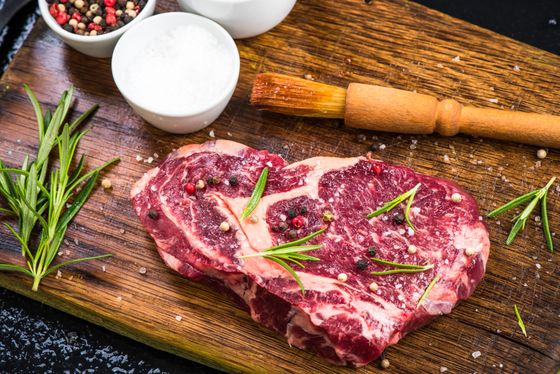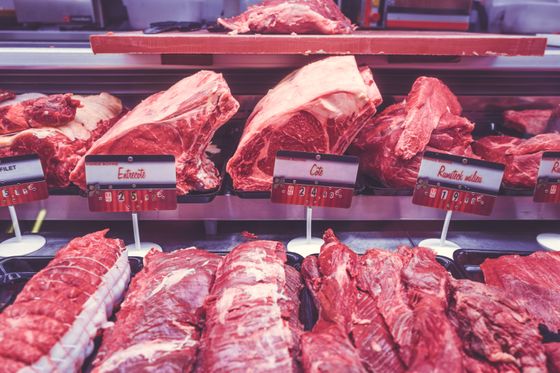'Meatball of meat' keeps improving the quality of American beef

By
“ Moneyball ”, which uses statistical evaluation to determine management strategies, is well-known for Oakland Athletics, but in fact, as a method, the American livestock industry has adopted it before “Moneyball” So, the quality of American beef continues to rise.
Steak Boom: Moneyball and DNA Testing Create Marbled Meat-Bloomberg
https://www.bloomberg.com/news/features/2019-05-30/moneyball-for-cattle-is-creating-an-american-steak-renaissance
'Moneyball' is the title of Michael Lewis's book published in 2003 and filmed in 2011 starring Brad Pitt. Oakland Athletics, whose total annual salary was about one-third of the top team in 2002, used statistics to evaluate data on dispatching rates, long batting rates, pitching targets, strikeouts and number of home runs He uses his “ Saver Metrics ” to develop a strategy that overturns the common sense of baseball and depicts how he will become a mighty. As Athletics has made a foray into the playoffs five times in 2000-2003 / 2006 and 7 years, 'utilizing statistical analysis in business strategy' is called 'moneyball' became.
However, according to Bloomberg, the animal husbandry industry has been working on meat quality improvement using statistical analysis before 'moneyball' publication.

By
According to Bloomberg, 'moneyball' came to life in the American livestock industry around 1970. The American Angus Beef Association collected information from 'whether childbirth was difficult or not' to 'characteristics of the calf' and analyzed the possibility that traits may be inherited to the calf based on various data. That's right. Predicted values of weight and temperament of born calves are published as expected progeny difference (EPD) , and breeding cattle with traits that improve the quality of meat helps breeders in search of “better beef” It was
Later, around 1990, ultrasound examinations, and around 2010, DNA analysis and new methods for obtaining calf trait data will appear one after another, and the accuracy of the data will further increase. Analysis tools have also made great strides, and the quality of beef continues to rise. In the United States Department of Agriculture beef grade, the highest grade 'prime' and the next 'choice' are classified as about 70% of the total in 2014, but in 2019 82% of the total Account for Above all, Prime is so valuable that it is said to be 'accidentally born', and over the years its proportion has been about 1% to 2% of whole beef. But now, the percentage of prime will be 10% of the whole.

By Lukas Budimaier
The impact of rising beef quality is also reflected in the figures. According to the US Department of Agriculture, the price of the finest beef in 2018 has been the lowest since 2011. Annual US consumption of beef per capita in 2019 is estimated to be 57.7 pounds (about 26 kg), and is expected to reach a 10-year high.
Jim Moore, who runs a ranch in Arkansas, has been working on improving meat quality at his ranch for 25 years now, and now about 53% of the shipped meat gets 'prime' and all the remaining meat is ' It is classified as 'choice'. For Bloomberg's coverage, Moore said, 'A person who ate low quality beef will not try to eat for a while, but a person who ate good quality beef will soon buy it again. We must produce as high quality beef as possible, ”he emphasizes that we are passionate about supplying high quality beef.
Related Posts:
in Junk Food, Posted by darkhorse_log







